Mountains in silent thaw: Losses and damages from the disappearing “frozen heartbeat”of Earth
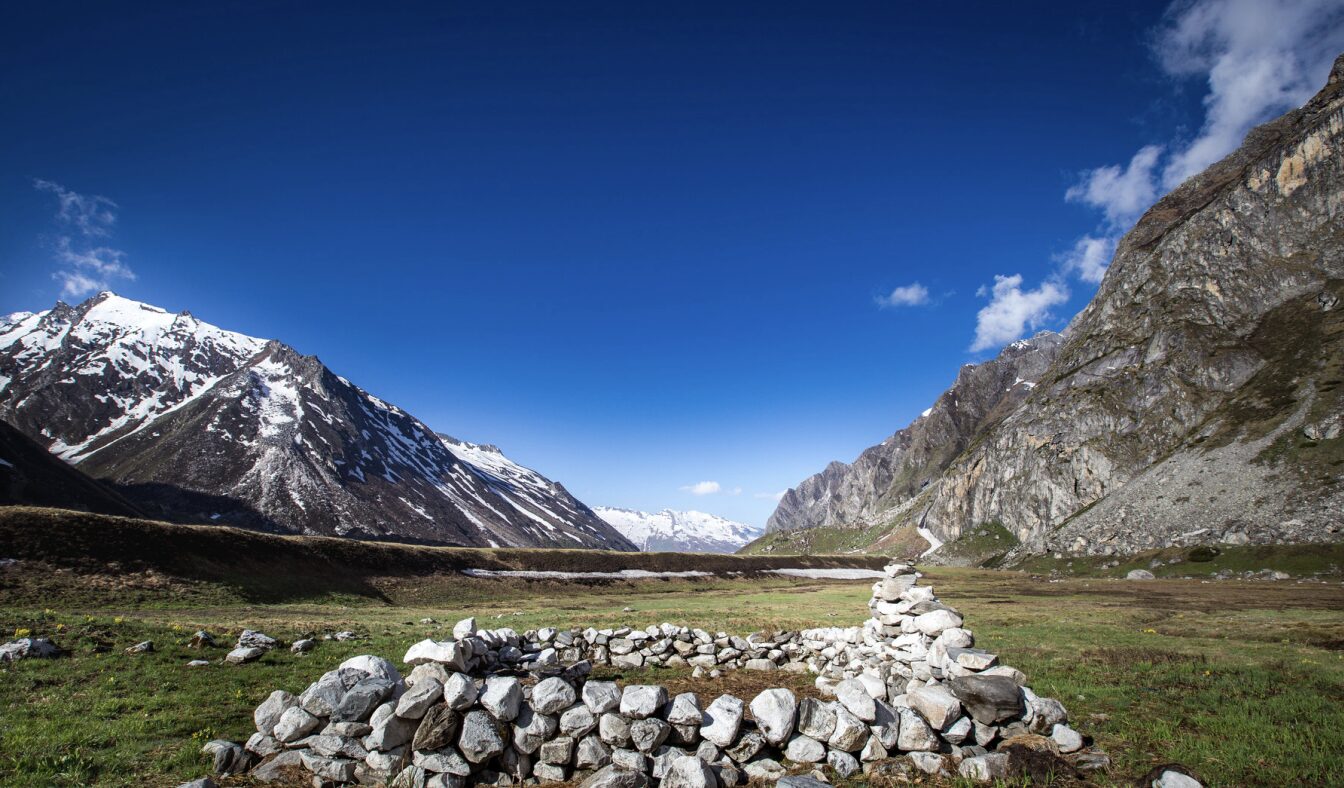
This case study is part of the UNEP publication “Adaptation Gap Report 2023: Underfinanced. Underprepared. Inadequate investment and planning on climate adaptation leaves world exposed”, and can be downloaded from the right-hand column. Please access the original text for more detail, research purposes, full references, or to quote text.
Pace of melting
With their breathtaking serenity, beauty and rich biodiversity, mountain ecosystems have long been hailed as guardians of nature’s services. Covering almost a third of the planet’s land surface, they provide a plethora of vital ecosystem services by regulating climate and hydrological cycles that sustain life locally and globally. Many of these services are related to the mountain cryosphere, with mountains often referred to as the “water towers” of Earth, given their natural storage capacity and their provision of fresh water to half of humanity through the seasonal melting of ice and snow.
Yet, this precious reservoir is rapidly shrinking with amplified temperatures at higher elevations and substantial glacier mass loss across mountain regions worldwide. Up to 50 per cent of the glaciated area in the tropical Andes have been lost since the 1970s, and many glaciated areas below 5,000 m have disappeared, with Venezuela soon set to become the first country to lose all of its glaciers. Similarly, almost one quarter (23 per cent) of the glaciated surface area in the Great Caucasus mountains and 11 billion tons of fresh water were lost between 2000 and 2020. The last decade alone has seen glacier mass loss in the Hindu Kush Himalaya region accelerate by 65 percent. Due to their delayed response to global climate change, glaciers will continue to lose mass for several decades at least.
Only drastic greenhouse gas emission cuts and a maximum of 1.5°C average global warming may slow the pace of cryosphere melting during the second half of this century, thus reducing the multitude of cascading impacts mountain glacier retreat involves. From changes in run-off and river flow regimes and availability of freshwater resources for mountain and downstream populations and economies to changes in the occurrence and severity of natural hazards, losses and damages are numerous and often exacerbate existing development challenges. Indigenous Peoples and local communities in the mountain regions bear a disproportionate burden with resulting economic strains, exacerbating already existing poverty levels, food insecurity, mass migration, loss of cultural heritage and social disruption.
Loss and damage
Between 1985 and 2014, reported economic damage costs in mountain regions from all flood and mass movements (including those not directly linked to the cryosphere) were highest in the Hindu Kush Himalaya region at US$45 billion, followed by the European Alps at US$7 billion and the Andes at US$3 billion. In Peru, the cost of glacier shrinkage for the energy sector was estimated at US$740 million annually, with a reduction of 11–15 percent in electricity production. Similarly, Switzerland, which generates over half of its energy from hydropower, is projected to lose about 21 per cent of its annual inflow in the 2031–2050 period compared with 1991–2010, and a further reduction in hydropower potential due to cryosphere shrinkages is expected.
One concerning challenge causing major disruptions relates to the formation of glacial lakes. As glaciers retreat, meltwater contributes to the expansion of lake volumes beyond their natural barriers, which can lead to devastating glacial lake outburst floods and other cascading risks. Such events are expected to increase, although this trend has yet to manifest. Glacial lake outburst floods often occur in remote areas, where reports are scant and quantifying impacts is challenging. However, with growing populations, settlements and infrastructural development in downstream areas, the exposure of communities, ecosystems and structures in the shadow of these lakes is rising.
Records on monetary damage often only include the value of destroyed infrastructure, hardly assessing agricultural land values or long-term damage to road, health or education infrastructure. Heightened risks of climate hazards combined with changing meltwater supplies hardest hit Indigenous Peoples and local mountain communities who have relied on glaciers and snowmelt for centuries to sustain their livelihoods. In addition, these communities often endure non-economic or intangible loss and damage, such as loss of cultural heritage and sacred landscapes, which also threatens their capacity to adapt. In areas with limited options for adaptation, some communities are left with no choice but to seek refuge in low-lying regions, leaving behind the lands their ancestors have inhabited for centuries in search of more stable environments and economic opportunities.
Solutions
Accounting for loss and damage in mountain regions is critical to addressing the global adaptation gap. The mounting challenges faced in high elevation areas demand comprehensive solutions. The Adaptation at Altitude Solutions Portal features various mountain adaptation approaches that can be replicated, used as inspiration or upscaled in different locations facing similar challenges.
One of the innovative solutions addressing cryosphere change in mountains is the Glaciares+ project, implemented by the non-governmental organization CARE Peru in partnership with the University of Zurich and financed by the Swiss Cooperation for Development, focusing on the conservation of high mountain ecosystems that are responsible for the regulation, storage and provision of water for consumption and irrigation in the entire country of Peru.
Glaciares+ used community-based adaptation to integrate local and Indigenous knowledge into risk and water resources management while building coalitions between the communities and public, private and academic institutions. Glaciares+ improved regional governments’ disaster risk management capacity and knowledge of climate risks and opportunities, ensuring buy-in to finance the multipurpose projects and keep the new early warning systems for landslides funded, which have benefited nearly 70,000 people living downstream of the glaciers. The initiative is intended to be replicated throughout Peru and inspire other mountain regions to reduce risks from glacial run-off and landslides and contribute to closing the water supply gap, especially in areas facing glacial melt and periods of extreme drought.
Suggested Citation: United Nations Environment Programme (2023). Mountains in silent thaw: Losses and damages from the disappearing “frozen heartbeat” of Earth. An online resource of Adaptation Gap Report 2023: Underfinanced. Underprepared. Inadequate investment and planning on climate adaptation leaves world exposed. Nairobi. https://doi.org/10.59117/20.500.11822/43796
Related resources
- Mountain adaptation solutions: turning challenges into opportunities
- “The Last Glaciers” film issues a global wake-up call for climate action on World Water Day
- Glacier collapse in India a worrying sign of what’s to come
- Ice loss on Africa’s highest peak prompts star climber Will Gadd to reconsider his sport
- UNEP launches a virtual journey through four iconic mountain ecosystems
- Sustainable Mountain Development in a Climate Emergency

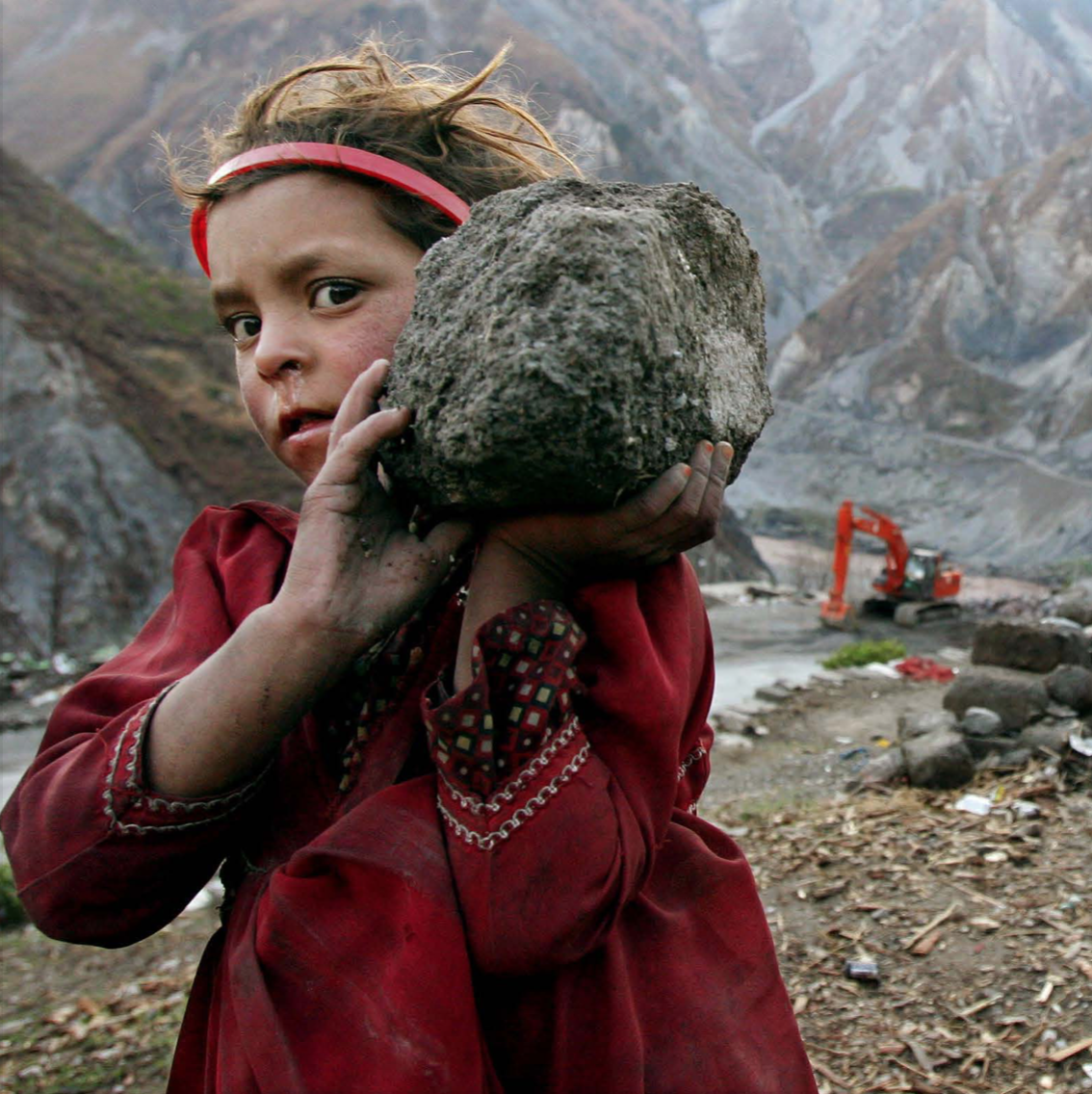
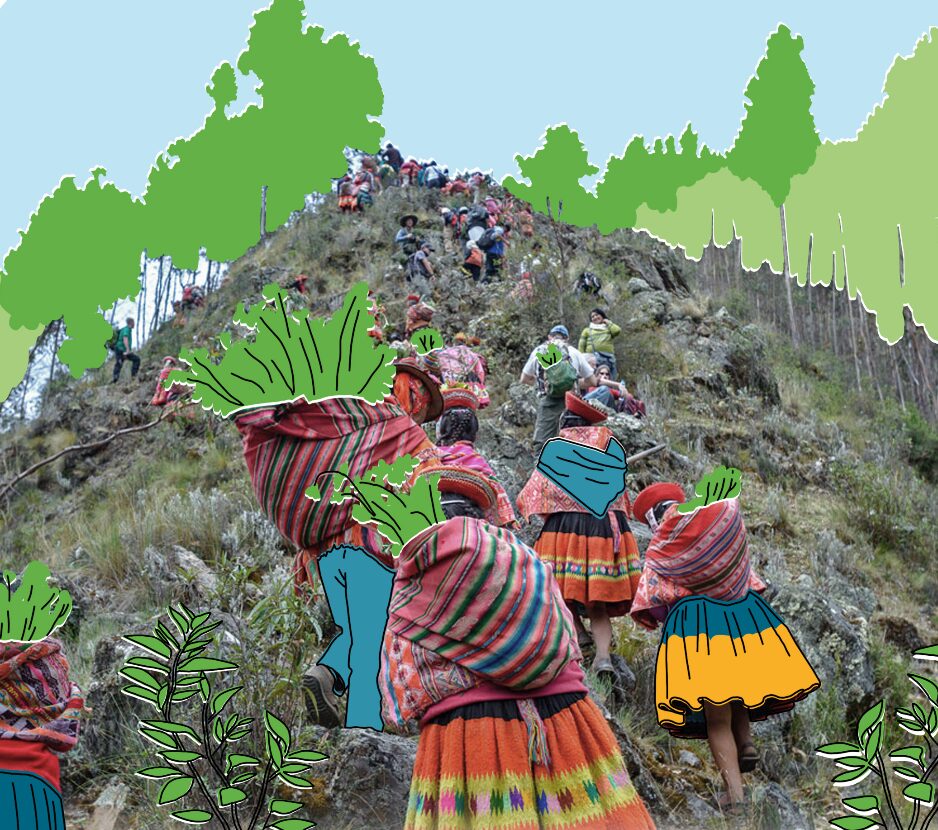
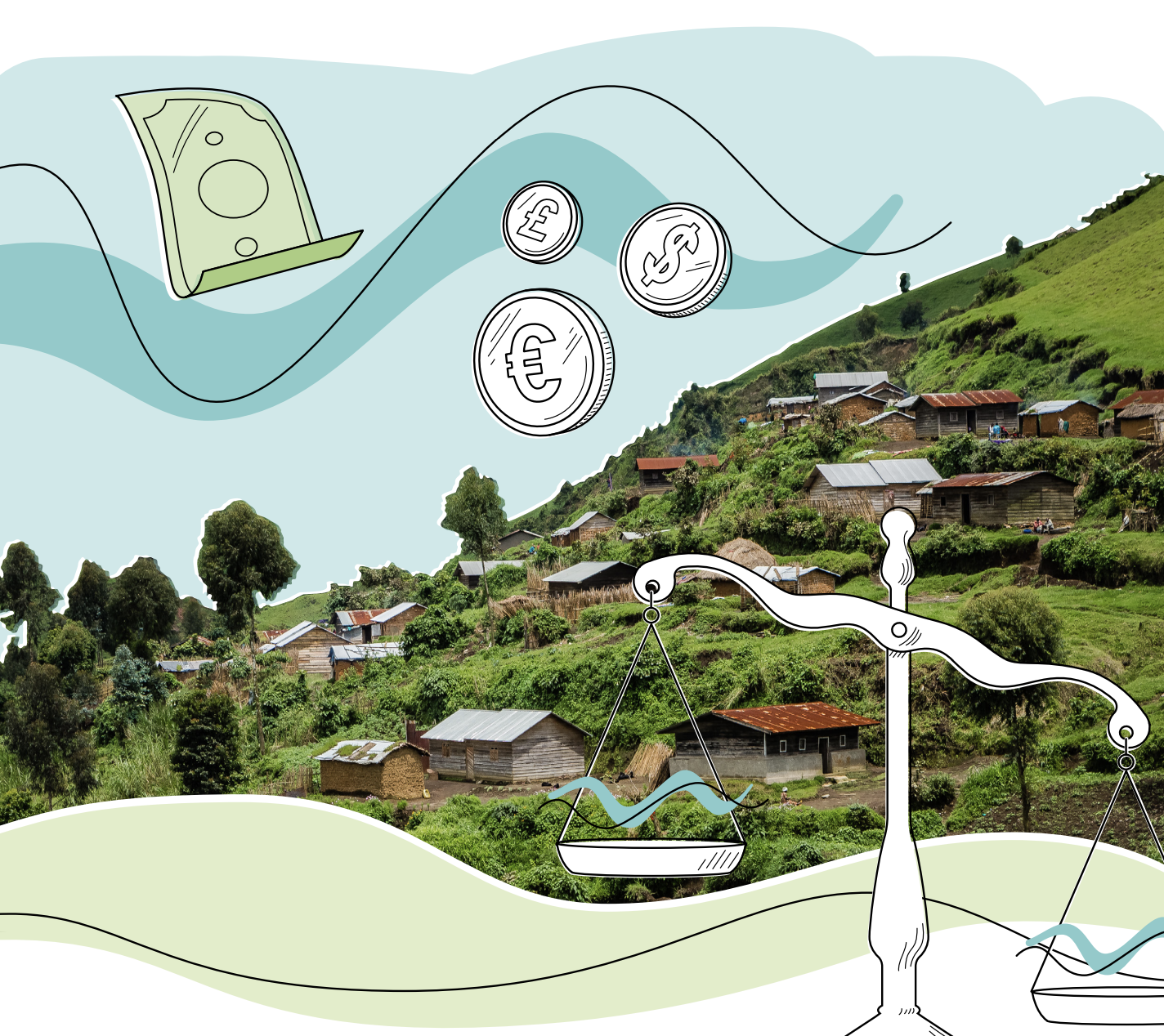
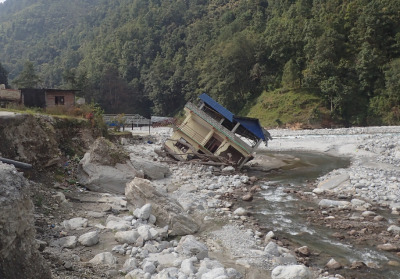
(0) Comments
There is no content